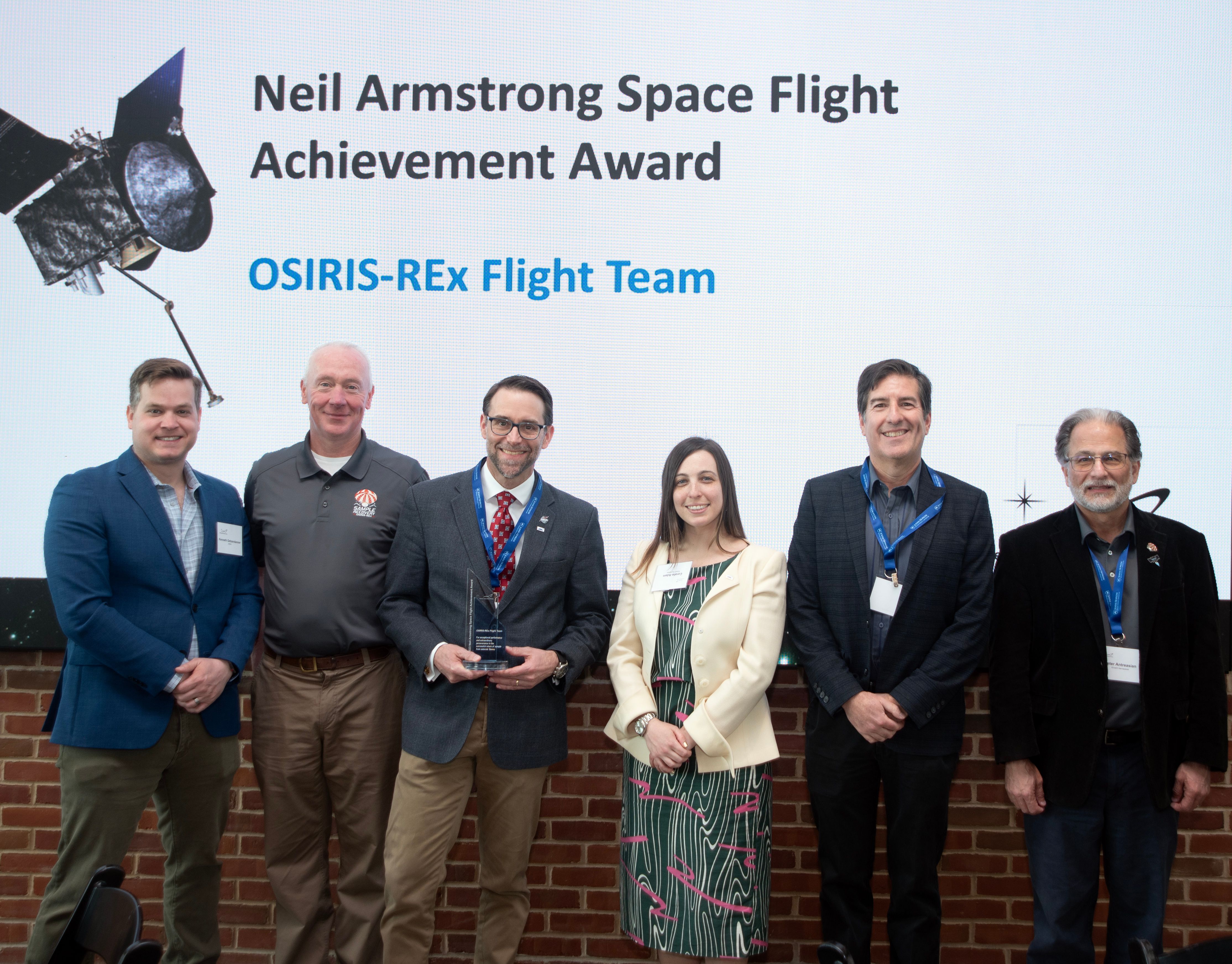Wednesday, May 01, 2024
12:00 PM - 01:00 PM
Fun Run
It's a competition for some, a team event for some, a fun run/walk for others. Keep the tradition going and come out and do this race or volunteer.
Read more about this event Thursday, May 02, 2024
11:10 AM - 11:55 AM
Virtual Chat with the Code 600 Director
Everyone is Welcome!
ACTUAL TIME: 11:10 - 11:55
Read more about this event ACTUAL TIME: 11:10 - 11:55
Friday, May 03, 2024
05:00 PM - 05:00 PM
Deadline: 2024 Robert H. Goddard Award Nominations
The 2024 Robert H. Goddard award call has been released. The award descriptions, criteria, and nomination form are available on Sharepoint. All award nominations should be submitted using the online nomination form.
Read more about this event Wednesday, May 08, 2024
11:00 AM - 12:00 PM
GSFC AI Center of Excellence Seminar
Wednesday, May 08, 2024
01:00 PM - 04:30 PM
Workshop for ROSES Proposal Writers
SPSO will offer a Workshop for ROSES Proposal Writers. We do this at least annually and each time address new features of the Research Opportunities in Space and Earth Science (ROSES) solicitation. We encourage in-person attendance.
12:45 – 1:00 pm: Sign into virtual meeting, work out kinks, share stories
1:00 – 1:15 pm: What are Research and Analysis (R&A) proposals?
1:15 – 1:45 pm: How are R&A proposals evaluated?
1:45 – 2:00 pm: How do I find R&A opportunities?
2:00 – 2:15 pm: 15-minute break
2:15 – 3:00 pm: What are Goddard’s policies and Best Practices for proposal writers?
3:00 – 3:20 pm: How do I create a budget?
3:20 – 4:35 pm: How do I create a persuasive proposal?
Read more about this event 12:45 – 1:00 pm: Sign into virtual meeting, work out kinks, share stories
1:00 – 1:15 pm: What are Research and Analysis (R&A) proposals?
1:15 – 1:45 pm: How are R&A proposals evaluated?
1:45 – 2:00 pm: How do I find R&A opportunities?
2:00 – 2:15 pm: 15-minute break
2:15 – 3:00 pm: What are Goddard’s policies and Best Practices for proposal writers?
3:00 – 3:20 pm: How do I create a budget?
3:20 – 4:35 pm: How do I create a persuasive proposal?
Tuesday, May 21, 2024
09:00 AM - 05:00 PM
Uranus Flagship Workshop - Day 1
This Uranus Flagship Workshop follows the successful July 2023 Pasadena workshop on investigations and instruments for cross-discipline science. Join us as we discuss practical aspects of the next planetary flagship and how we can employ new paradigms to better enable robust outer planet exploration. Topics will include understanding mission costing with lessons learned from previous large NASA missions; enabling interdisciplinary and cross-cutting science; defining mission design drivers; and exploring near-term technologies that increase science return. The third day of the workshop will focus on training sessions and related experiences, split between the NASA GSFC and the Johns Hopkins Applied Physics Lab workshop co-hosts. All plenary sessions will be hybrid format, but some activities will be in-person, only.
Read more about this event Contact Us
General inquiries about the scientific programs at NASA's Goddard Space Flight Center may be directed to the Office of Public Affairs at 1.301.286.8955.


